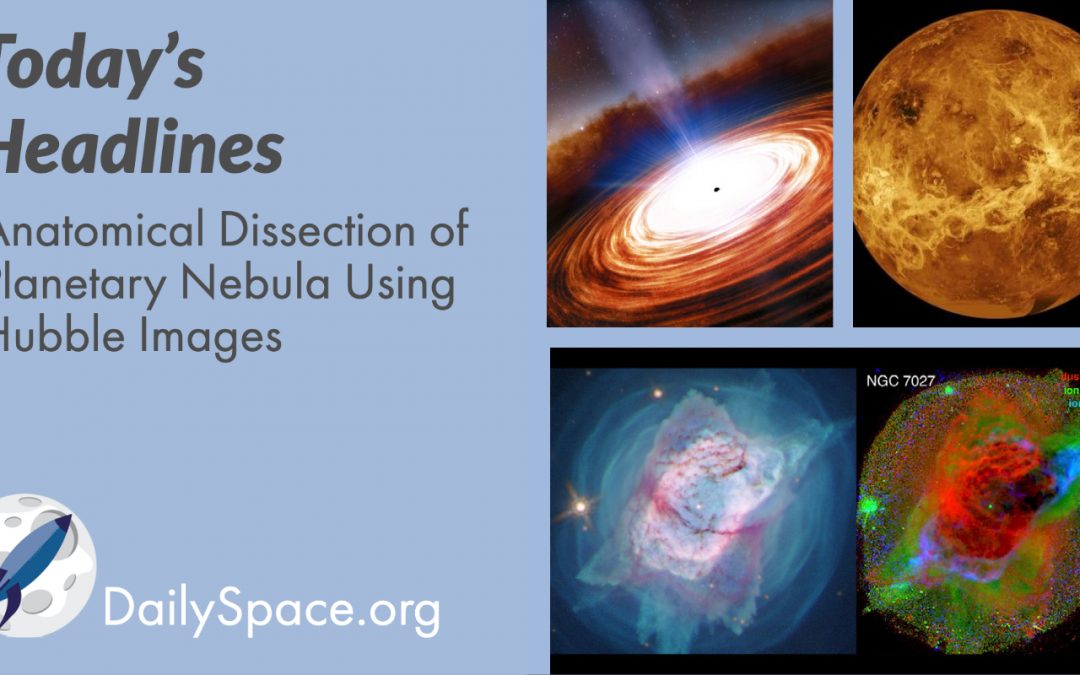
Jan 20, 2021 | Climate Change, Daily Space, Exoplanets, Galaxies, Guest Interview, Jupiter, Neutron Stars / Pulsars, Physics, Planetary Nebulae, Quasar, Supermassive Black Holes, Venus
Our coverage of last week’s AAS meeting continues with new work on the formation of planetary nebula based on Hubble Space Telescope images. Plus, a massive quasar in the early universe, water ice on Ganymede, a super-puff planet, and plans for taking spectra of Venus’ surface, featuring our guest, PSI scientist Dr. Darby Dyer.
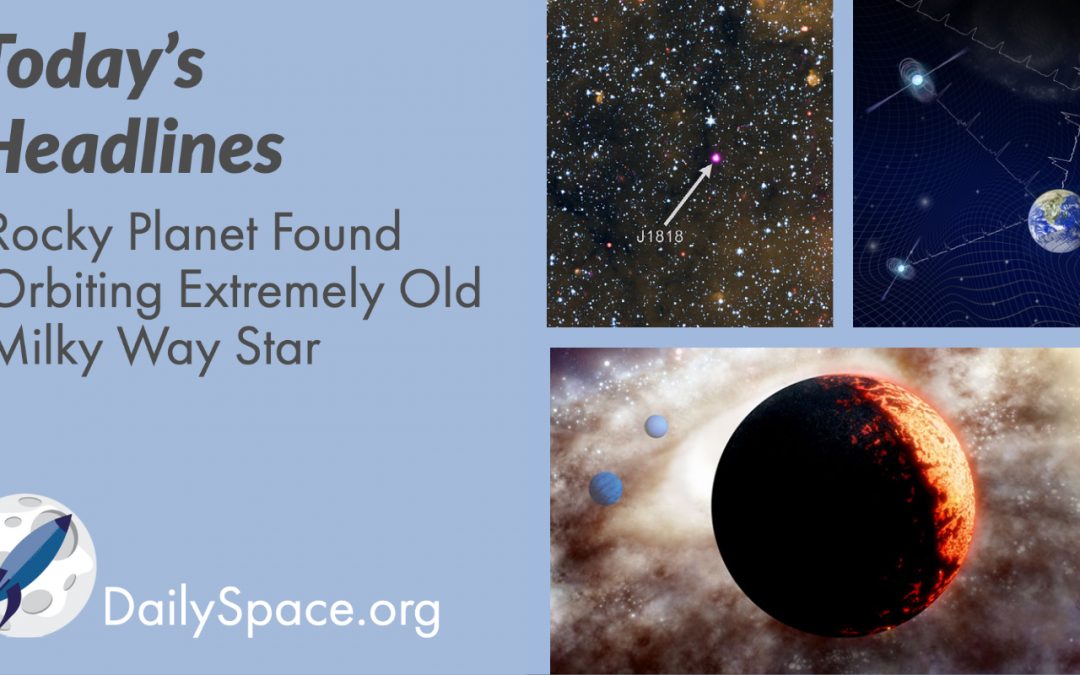
Jan 13, 2021 | AAS, Daily Space, Exoplanets, Galaxies, Gemini North, Kepler, Neutron Stars / Pulsars, Physics
Researchers using NASA’s TESS and the Keck Observatory found a rocky planet orbiting a 10-billion-year-old star in the Milky Way, up in the galaxy’s thick disk. Plus more planetary news from the AAS Winter Meeting, a magnetar, colliding galaxies, and gravitational wave news.
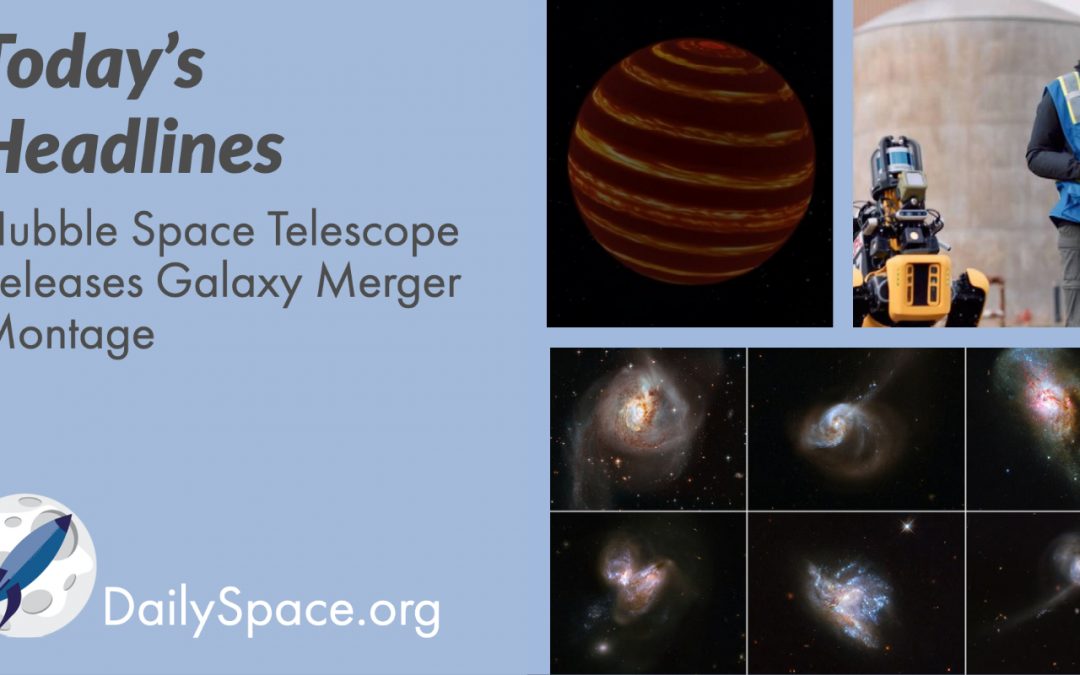
Jan 9, 2021 | Asteroids, Brown Dwarf, Crewed Space, Daily Space, Exoplanets, Galaxies, Mars, Nebulae, Observatories, White Dwarfs
Hubble celebrates the new year with a release of six gorgeous galaxy mergers, imaged as a part of their investigation into star formation rates in such systems. Plus, a weird nebula, a big flare from a tiny star, wind on a brown dwarf, and more.
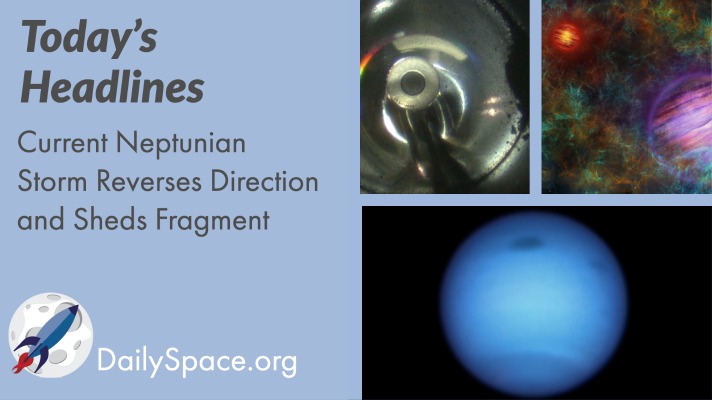
Dec 18, 2020 | Asteroids, Brown Dwarf, Daily Space, Earth, Exoplanets, JAXA, Jupiter, Neptune, Planets, Saturn, Sky Watching, Space China, The Sun
Scientists using Hubble to track storms on Neptune found that a current storm has reversed direction and possibly shed a fragment. Plus, an update on Hayabusa2’s sample return, a non-technological radio emission from an exoplanet, This Week in Sky Watching, and more!
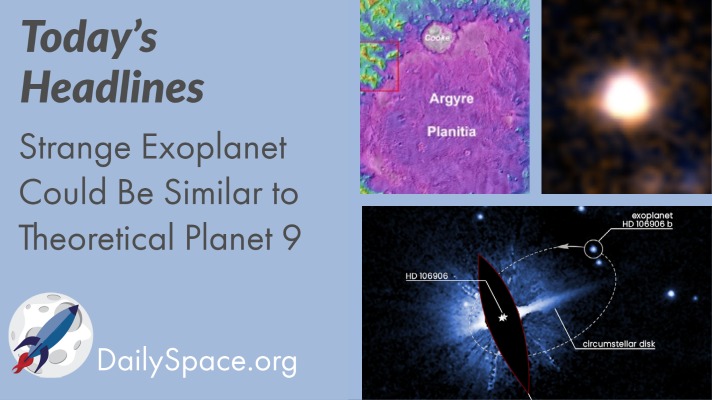
Dec 16, 2020 | Asteroids, Astrobiology, Book Club, Daily Space, Exoplanets, Galaxies, Guest Interview, JAXA, Jupiter, Mars, Our Solar System, Planets, Science, Sky Watching, Uranus
HD 106906 b is an exoplanet 336 light-years away, 11 times the size of Jupiter, and possibly an analog of our own not-yet-discovered Planet 9. Plus, a large body of water ice has been discovered on Mars, and we interview lead author Dan Berman of the Planetary Science Institute. Also included, stories on Jupiter, Uranus’s moons, a young galaxy, and how space weather impacts habitability.

Dec 11, 2020 | Asteroids, Citizen Science, Cosmology, Daily Space, Earth, Exoplanets, Galaxies, Jupiter, Physics, Saturn, Sky Watching, The Sun
Scientists have found a method to use gravitational waves for understanding the early universe. Plus, an exoplanet with no atmosphere, spiders in space (CW), citizen science, and X-ray bubbles in the Milky Way. And the first of our new weekly segment: This Week in Sky Watching.








 We record most shows live, on Twitch. Follow us today to get alerts when we go live.
We record most shows live, on Twitch. Follow us today to get alerts when we go live.